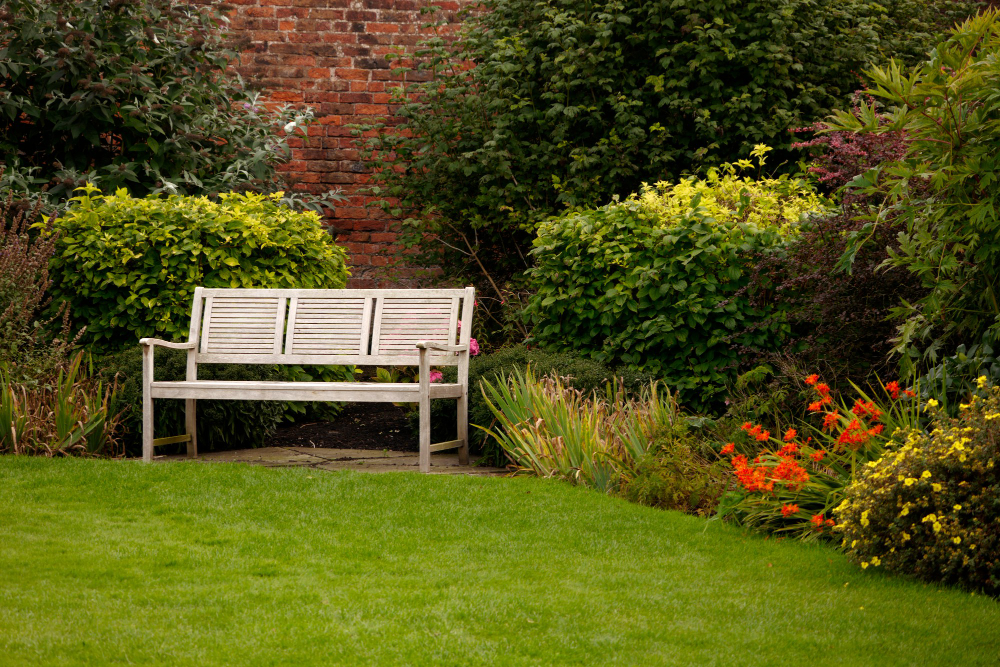1. Selecting the Right Plants for Your Garden
Selecting the right plants for your garden creates a thriving, beautiful space. Start by assessing your garden’s conditions, such as sunlight, soil type, and climate. Choose plants well-suited to these conditions to ensure they grow healthy and strong. Consider the plant’s growth habits and how they will fit into your garden design, providing a balanced and aesthetically pleasing layout.
Visit Lindley’s Garden Center for expert advice and a wide selection of plants. Their experienced team is available to assist you in selecting the most suitable plants for your particular requirements and garden conditions. With the right direction, you can establish a lively and enduring garden that brings happiness all year round.
Key Takeaways:
- Essential tips for creating a beautiful home garden.
- The significance of soil condition and plant choices.
- Basic garden maintenance practices.
2. Preparing the Soil
A flourishing garden requires high-quality soil. Testing your soil’s pH and nutrient levels provides a clear understanding of necessary amendments. Adding organic compost and manure can enrich the soil, ensuring your plants receive essential nutrients. Your soil’s quality directly influences your plants’ health, so this step is necessary. Enriched soil promotes robust root systems and enhances the overall vitality of your plants.
3. Planting Techniques
Effective planting techniques are crucial for establishing a healthy and vibrant garden. Start by selecting the right location, ensuring adequate sunlight and proper soil conditions for your plants. For the roots to expand rapidly, dig a broader and deeper hole than the plant’s root ball.
Position the plant in the pit and carefully pack the soil around the roots. Water the soil deeply to ensure it is settled and free of air pockets. Place mulch around the bottom to preserve moisture and manage unwanted plants. Monitor your plants regularly, and provide them with water and nutrients to promote their growth and health.
4. Watering Essentials
Watering is crucial for plant health and growth, ensuring optimal hydration and promoting robust root development. Use early or late afternoon to minimize evaporation and prevent water stress. Directly supply water to roots with a can, hose, or drip irrigation system to reduce disease risks. Adjust watering frequency based on weather and plant requirements to ensure plant health and growth. Avoid getting foliage wet, and adjust the watering frequency accordingly.
5. Pruning and Weeding
Regular pruning and weeding keep your garden tidy and free of invasive species. Pruning helps to shape the plants and encourages new growth, maintaining the health and beauty of your garden. Effective weeding techniques in various gardening guides can result in a weed-free garden. Removing unwanted plants reduces competition for nutrients, sunlight, and space, allowing your chosen plants to thrive.
6. Pest Management
If pests are not controlled properly, they can rapidly destroy your garden. To address garden pests without harming the ecosystem, opt for organic pest control techniques, like releasing helpful insects such as ladybugs or utilizing neem oil. These environmentally conscious options help preserve the ecosystem’s equilibrium and safeguard helpful creatures in your garden. Using a combination of different tactics helps to ensure thorough pest control, protecting your plants from harm.

